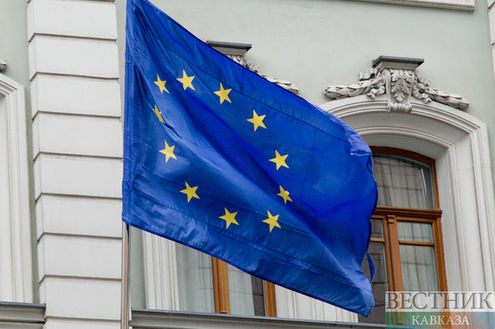Today the world marks the 70th anniversary of the American bombing of Hiroshima. The four-ton uranium bomb killed about 70-100 thousand people. Thousands of other residents of Hiroshima died of radiation sickness. The general number of the victims of the bombing is estimated at more than 140 thousand people. A military historian and Candidate of Historical Sciences, Alexei Isayev, thinks that the leaders of the United States consciously chose populated cities with numerous wooden buildings as targets of the atomic bombing to enhance the destructive effect.
“In August 1945 Japan was in quite a sorry state, especially because the Japanese archipelago had been in the range of a dense group of American B-29 bombers since the winter of 1944-1945, and heavy damage was inflicted on the industrial potential of Japan and its ability to produce weapons. The Japanese fleet was defeated, but Japan still had industrial potential, there was the steel industry and synthetic fuel industry in Manchuria. The Soviet intervention in the war was asked, demanded and insisted on. The USSR could really strike at the vulnerable point of Japan, which was Manchuria, its industries, which allowed the Japanese to continue resisting,” the expert says.
According to him, in the autumn of 1945 the Americans were preparing to land on the islands: “The end of the war in Europe allowed the newly-captured province of Okinawa to host the 8th Air Force of Europe, which crushed Germany with strategic bombing, and the Americans were ready to deliver the final blow, but of course it would come with certain sacrifices. According to Isayev, “the key meeting of the Supreme Military Council of Japan was held at 10:30 am on August 9, 1945, shortly after it became clear that the Soviet Union had not only declared war, Molotov had not only officially announced the Soviet Union's entry into a war. And this meeting began at 10:30 am, and bomb fell on Nagasaki an hour later. It happened when the Soviet Union entered the war. Moreover, during the meeting they primarily discussed the loss of Manchuria, the loss of its industrial potential, and the atomic bombings themselves were used more as an excuse for capitulation in the eyes of its own population. Therefore, the Soviet Union's entry into the war was more important for the Japanese to make a decision than the atomic bombings. It was a demonstrative action, an action of intimidation, including intimidation of the world.
The expert says that the targets were chosen very carefully: “They selected a city with a lot of wooden buildings, and they wanted to drop bombs exactly on the city – for example, in Hiroshima there were industrial enterprises, but they were outside the city. And later calculations showed that of the industrial workers involved in these military production sites, 94% survived. On the contrary, among the doctors and nurses of the city of Hiroshima 80% died, because the explosion occurred in the center of city and schools suffered in the first place. Huge losses were suffered among the students.”
Alexei Isayev notes that 20 kilotons is little by the standards of modern times, and the standards of the nuclear confrontation between the superpowers, when hydrogen megaton bombs came into play, but the bombs that were dropped on Hiroshima and Nagasaki in their effect were terrible. “Fortunately, the old capital of Japan, Kyoto, avoided such a dreadful fate, and it was saved by the US Secretary of State, who was in Kyoto before the war, and he personally demanded that that target be excluded. But, nevertheless, targets were chosen which were easy to demonstrate US striking power in the most favorable conditions.”






